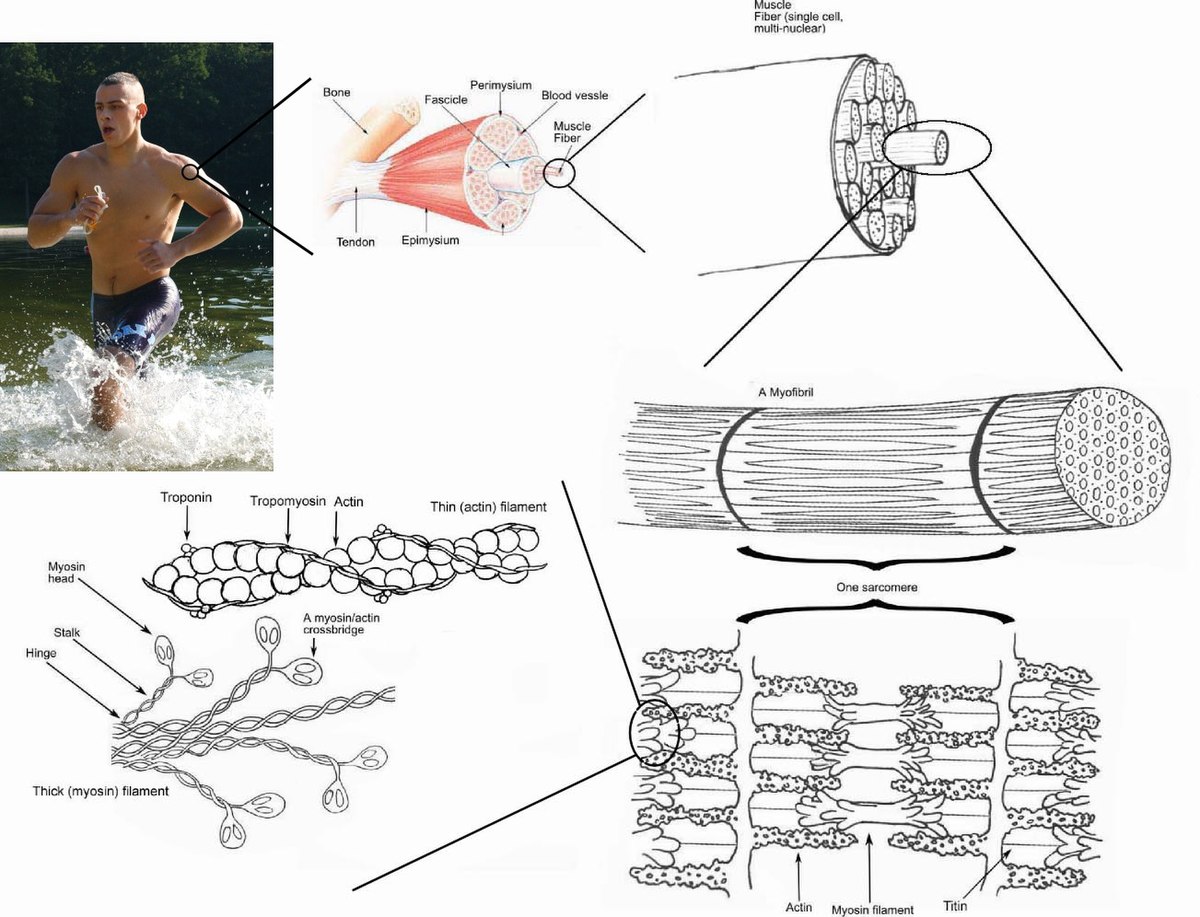According to Q&D there is build up of mito in fast fibers, making them 'more aerobic'. Generally it is said, that slow fibers are the ones with the most mito. I found it pretty interesting, that the study I posted found, that the fast fibers seem to have as much or sometimes even more mito than the slow ones.
For Q&D I always found, that the objective is pretty spot on. I have been using Q&D principles for almost 4 years now pretty consistently with swings, snatches, jumps, dips and pushups multiple times a week. It's an evergreen I keep on employing as it is practical, focused and sustainable.
The poster boy of a fast twitch aerobic android in my opinion would be a Denis Vasiliev. Imagine how much lactate he builds in a ten minute set while having the ability to use it immediately for fuel...unbelievable.
Last week he posted with regards to the rogue 24k snatch callenge a ten minute set of 276 reps - he seemed to be sad about that and did a second atempt with 279 the 280th rep was a no count: not within 10 min. The second was 3 hours after the first. What the f... so this would be a very interesting guy to examine.


